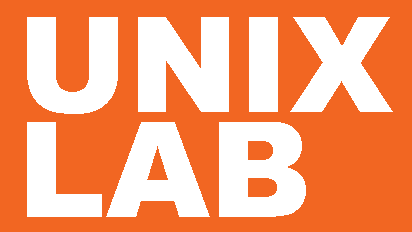Linux OS Options for Import Substitution
Course ID : LNX101
Duration In-class (в days) : 3 days
Duration Online : 3 days
Сurriculum : in-class, Virtual Instructor-Led Training - ONLINE
Overview
The course is devoted to the most popular versions of the Linux operating system produced in Russia and ways to switch to them from foreign versions.
The main differences between the most popular domestic products such as Alt Linux, Astra Linux, RED OS, ROSA and some others are considered.
The issues of transferring services and applications from foreign versions of Linux, the problems that arise in this case and possible solutions are discussed.
Audience for this course
The course is intended for IT specialists responsible for the selection, implementation and operation of solutions based on the Linux operating system.
Objective
Students will acquire the knowledge necessary to correctly select a domestic Linux distribution and deploy it in a corporate IT infrastructure.
Prerequisites for this course
Basic Linux administration skills.
Outcomes
Upon completion of the course, students will gain the knowledge and skills to:
- Choose the best Russian-made solution;
- Plan and implement the migration of services and applications from foreign distributions to domestic ones;
- Be prepared to deal with the main types of problems that arise when moving from one distribution to another.
Outline
- What is a Linux distribution: similarities, differences and selection criteria
- A Brief History of Linux Development in the World and Russia
- Comparison of the most popular domestic distributions and their differences from foreign analogues
- Certification of operating systems according to the requirements of the Federal Service for Technical and Export Control and features of certified distributions
- Distribution Differences: Installation Tools
- Distribution Differences: Package Management System
- Distribution Differences: Administration Tools
- Distribution Differences: User Interface
- Distribution differences: the ability to integrate into corporate IT infrastructure
- Porting services and applications to domestic operating systems: possible problems and solutions
- A brief overview of domestic infrastructure solutions based on Linux – virtualization platforms, etc. Possibility of migration to them from popular foreign analogues




